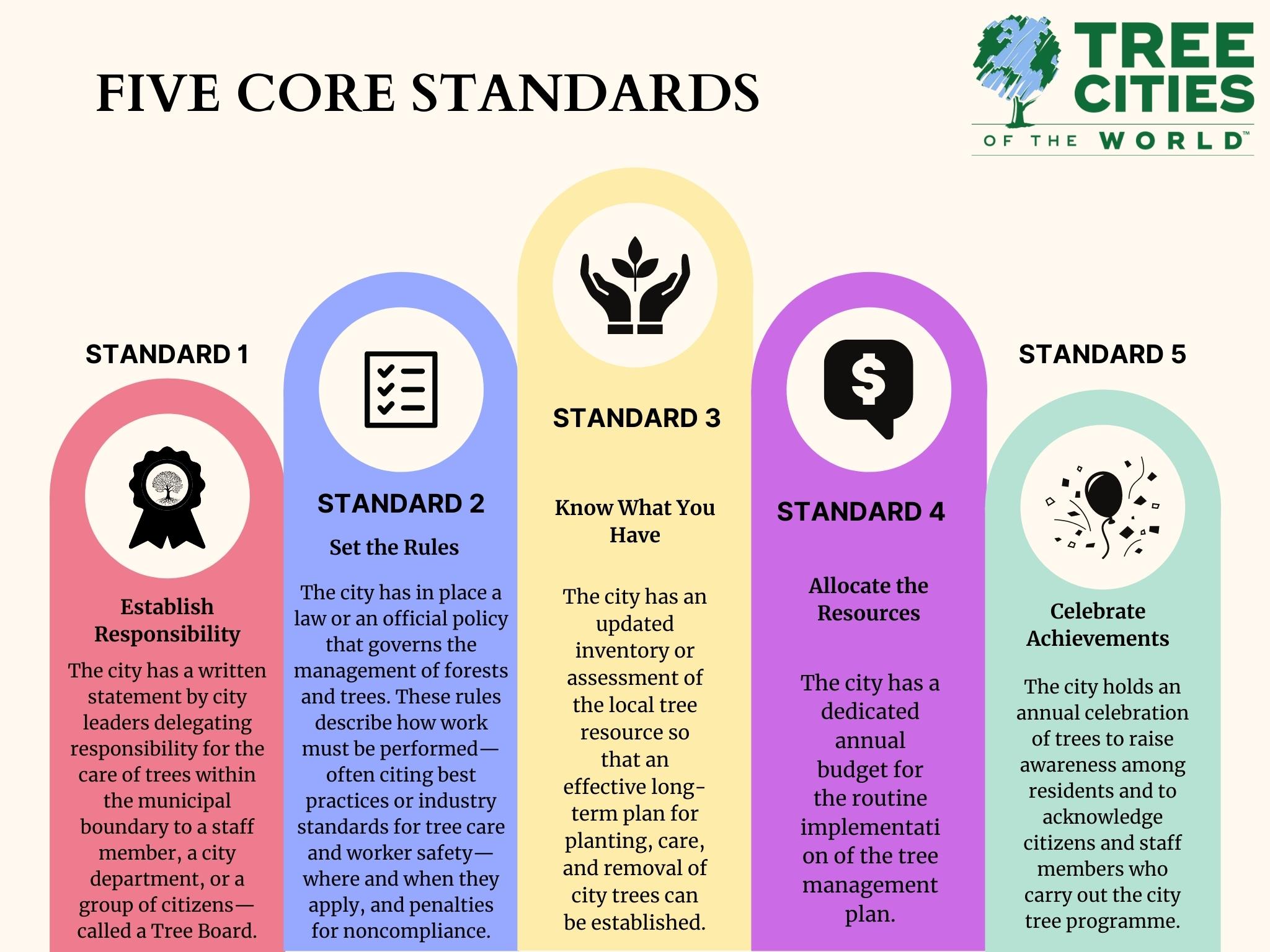The European Union (EU) has reportedly decided to punish the United Kingdom (UK) by requiring non-EU citizens to get a transit Schengen visa in order to fly to the UK on transit flights operated by its airlines.
On one-stop flights from India to the UK, passengers can pass through the Gulf and Switzerland (not an EU member) without needing a transit visa.
Reference
The indigenous Intelligent Transportation Systems (ITS) Solutions for Indian Traffic Scenario was launched under the InTranSE -II Program.
Reference
Mumbai and Hyderabad have been jointly recognised as ‘2021 Tree City of the World’ for their commitment to growing and maintaining urban trees and greenery in building healthy, resilient and happy cities.
While Mumbai has made the list for the first time, Hyderabad has featured on it for the second consecutive year.

Reference
Reference
Reference